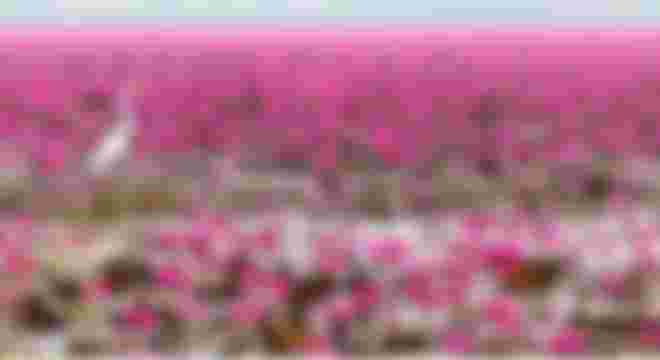Hello. My dear friends i am Saroj i am fine i hope you are also fine... Today i am sharing about Dibir Haor Bill Sylhet.....

Dibir Haor is located at Jointa Hills in the Bangladesh-India border at Jointapur in Sylhet. The distance of Dibir Haor from Sylhet city is 45 km. There are four bills in the name of Yam, Dibi, Horofkata, Kendri Bill. After the rainy season, the bills become Water Lilies' kingdom.

Thousands of red Lily are spread all over the bill. In the morning thousands of red lily are lit around it. Let nature arrange the bills with the laughter of red lily in the sweetness of his will.

Also known as Dibir Haor's Shapla Bill (Water Lily). During this winter the reign of the Guest birds began to spread throughout the Haor. At that time, guests of various species such as White Heron, Pheasant-tailed jacana, and Cormorant, etc. are the faces of the birds around the Dibir Haor.

When you go here:
The Dibir Haor Red Water Lily flower is usually seen from September to December. November is the best time of the month. And to see the shape of the Shapla, the sun must reach before the light is blown. Thousands of Water Lilies in the morning catch themselves in the water of the bill to shine on their beauty.

How to go there from Sylhet City:
From Sylhet Kodomtoli Bus Terminal by Bus, CNG, or private car will have to come to Jointapur. By bus it take 50taka per head or you can reserved car to go there. In Jointapur bus terminal you have to select by walking or by rickshaw to go Dibir Haor it only around 2km from Jointapur.
Shapla Bill may require rent 300-400 taka if you want to visit with the boat.





Very beautiful nature, and well captured by the camera. It is possible that the people who live there are not that interesting, but it looks very nice to me from here.